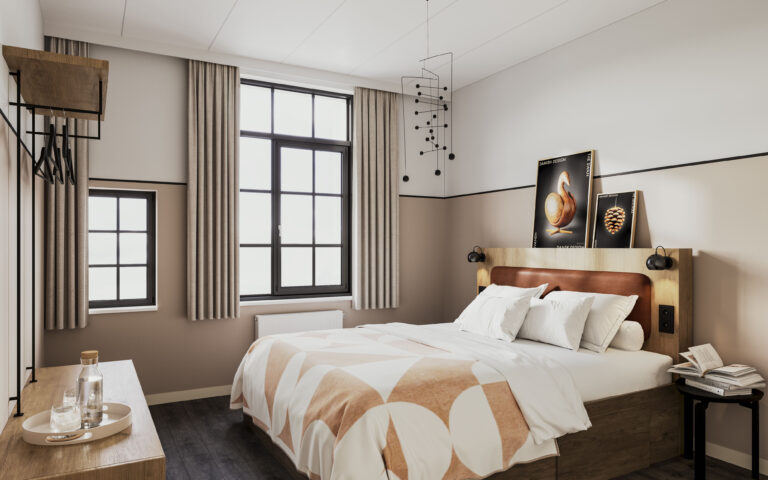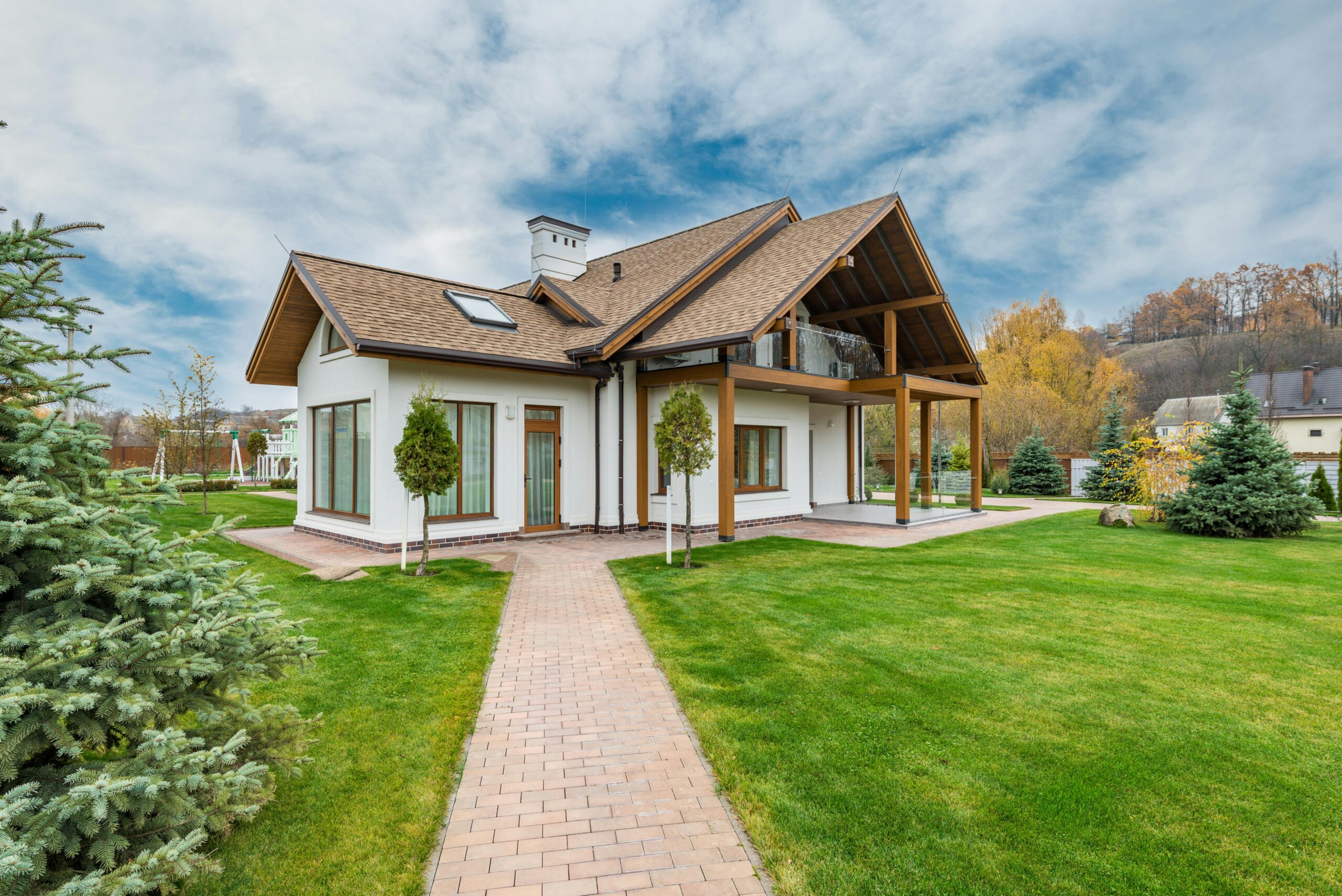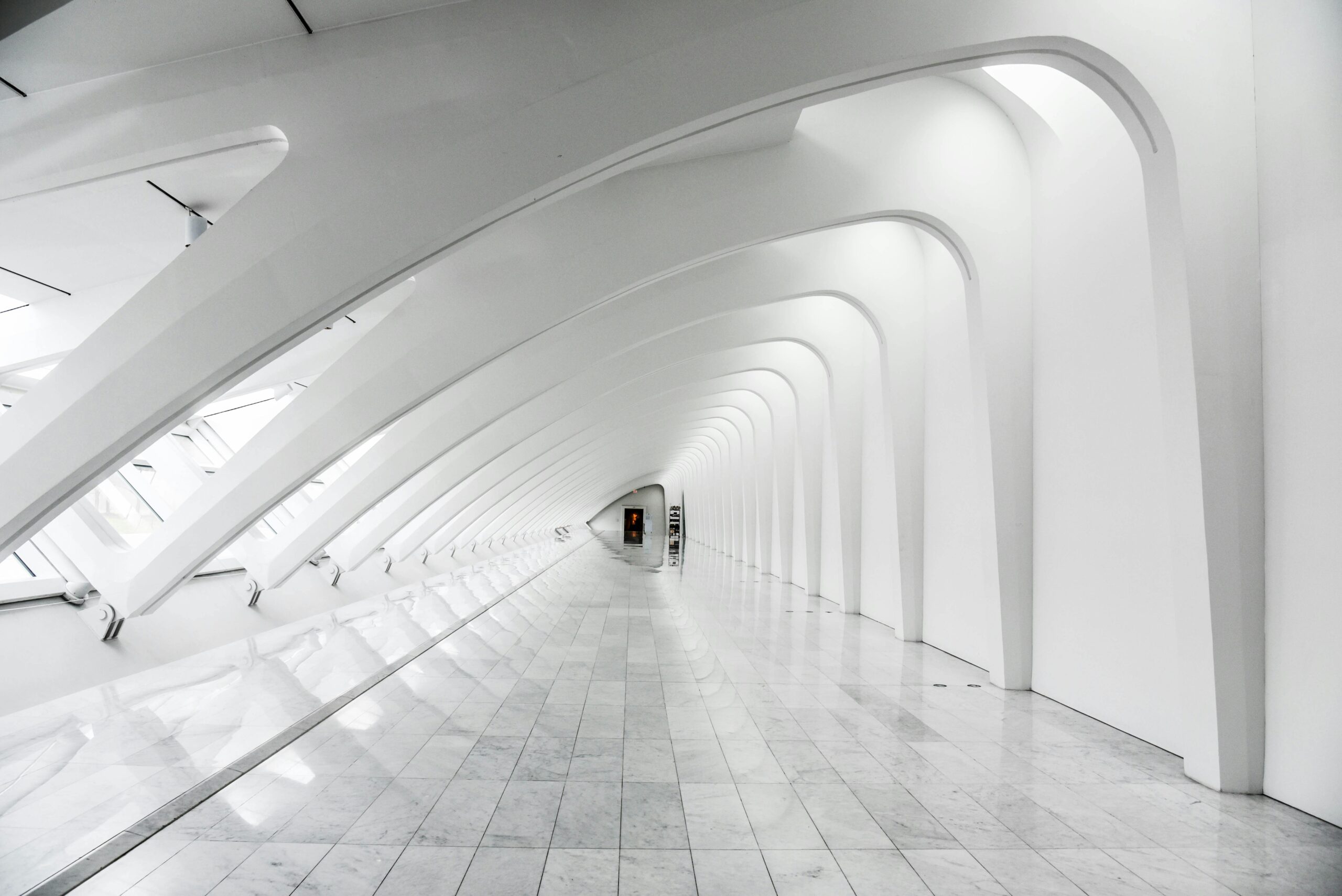The hospitality industry is all about assuring your customers the comfort they need and want. However, you can level up the comfortability of hospitality spaces by curating designs that are functional, fancy, and technical at the same time.
The 3D renders provide their clients or stakeholders with an immersive experience that can be changed according to the weather conditions and other details. It helps in getting a firsthand experience of the design even before it is brought to reality.
In this article, we explore multiple aspects of 3D rendering designs and find out how these designs can help the hospitality industry to level up its game to the next level. Keep on reading and explore the world of 3D renderings.
What Should Your Hospitality 3D Rendering Include?
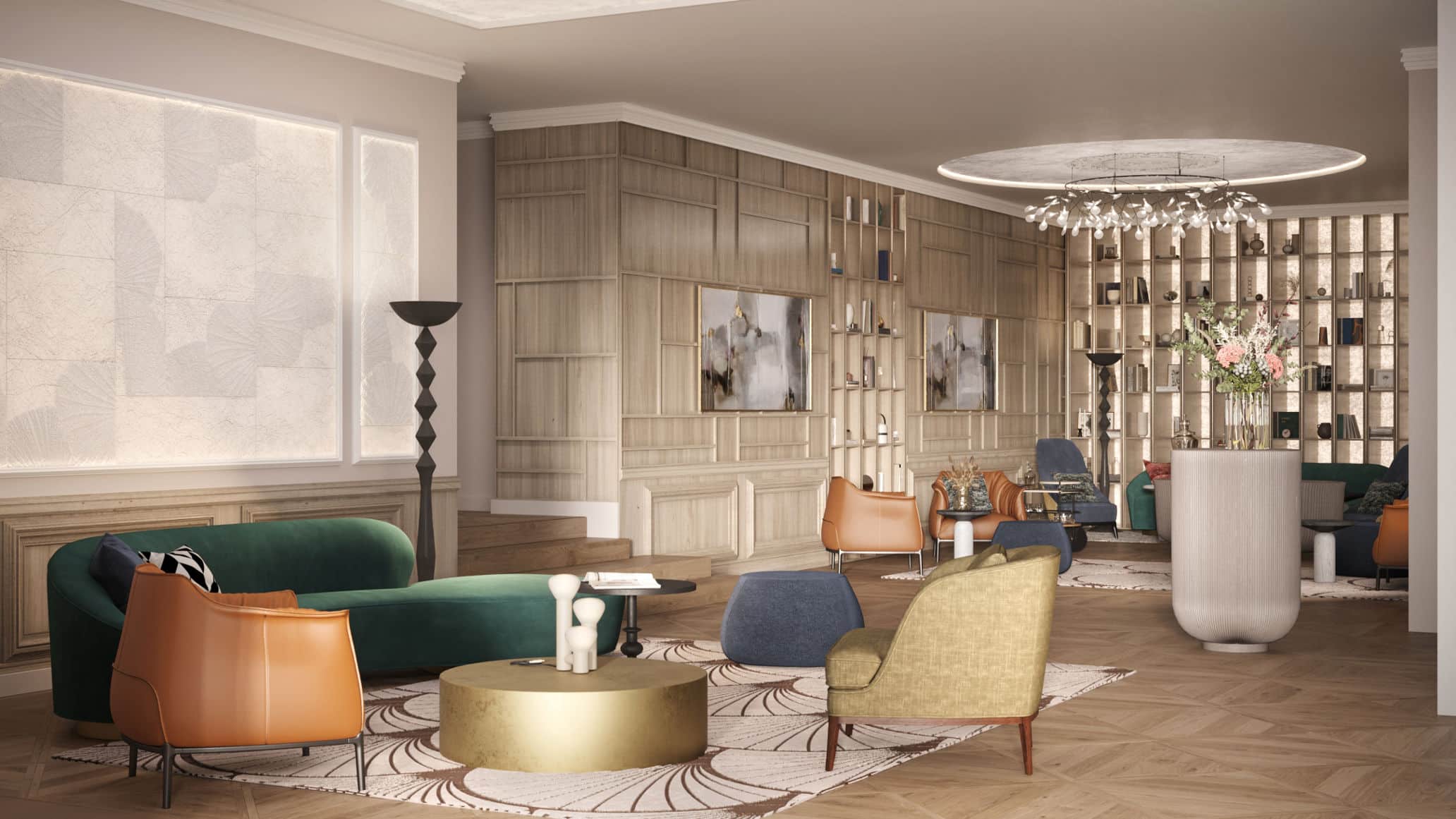
The service industry has been the biggest application for interior designing in today’s era. It is one of the sectors that extensively adapt interior design to uplift the experiences of their customers or clients.
With the world modernizing day by day, hospitality has now emerged as a lifestyle of a certain class. People are now often traveling and spending more time in restaurants, hotels, coffee lounges, luxury spas, country clubs, and recreational spaces. While they travel far away from their home, they also want to be home, with intricate interior design the designers make it possible for the commuters to feel at home.
Hence, when we speak of hospitality designs, it is not only about crafting the interior of a place rather it involves an intimate effort to make a place touch the hearts. The hotel industry is especially and critically dependent on 3D rendering designs to foster their business.
However, you must take into consideration some of the aspects before you go on designing a place in the hospitality industry. Here is a list of aspects one should keep in mind while designing the interior of a hotel, restaurant, or any other recreational space.
Focus on Design
To have clarity about your design, you must know who your target audience is. You must do your research and narrow down your potential market segment. Furthermore, you should also dig deeper into the location of the restaurant or hotel you are about to design. By the venue of your institute, you will be able to understand your target audience to its core.
By the venue, you can guess the type of guests your hotel or restaurant is going to cater to. Resultantly, you can then streamline your design based on the potential likes and dislikes of these guests. That way, the restaurant or hotel will be able to cater to the taste and comfort of their incoming customers.
When the design is focused on pleasing the aesthetics of a certain group of people, there are higher chances that the customers will repetitively return to the place. With accurate and precise design you can earn your client more and more customers.
Brand Reflection
Your design should reflect your client’s brand and match the standard of the hotel or restaurant you are designing. Furthermore, you must strategically direct your creativity to craft a design that not only pleases the eyes but also helps increase sales.
With creative intelligence, you can use colors that tease the minds of the incomers. For instance, using colors like Red and Yellow will attract more people to restaurants and food places. Hence, with a bit of psychological strategy and creativity, you can curate a design that turns out to be the biggest marketing strategy.
Local Culture
Local culture is a crucial factor that you must never forget to consider when designing a hotel or a restaurant. Giving a touch of local culture when designing a recreational place is a strategically wise step to take.
Hence, if you are an interior designer you must keep in mind to touch the cultural sensitivities while crafting the design. This can win hearts and can be a way of extending respect to the local culture.
Not only that, it also creates awareness and intrigues the foreign incomers into the local culture. This enhances the experience of local and international guests as well. All in all, when you endorse the local culture, it hits several hearts and who knows your design may come out as a hit.
Global Trend
Your designs should be inclusive for all sorts of people and should follow global trends as well. Being inclusive is extremely crucial for the hospitality industry as it gives the customers the homely feel they have been longing for.
When your design is inclusive, and it adheres to global trends, the international client feels more connected to the recreational space you have designed. Furthermore, it also gives the incomers a sense of reassurance that their space is up to date with global trends.
Technology and Functionality
Modern developments in information technology and the telecommunication industry have also helped other industries grow, including the hospitality industry.
One thing that we all work for is to ensure “Comfort” in different aspects of life. The interior designers also work to ensure comfortability, which is easier to offer with technology. When technology is in hand, you can always offer your customers the comfort of being at home by designing the interiors in a particular way. For instance, you can use sensor curtains, soothing lights that do not disturb vision, luxurious water fittings, and stylish lounges.
All this technology an your creativity work together to serve the potential audience the comfortability they have been looking for. In addition to this, make sure your designs are functional in addition to being comfort oriented. You can style or design the interiors of the recreational spaces in a way that each piece has some function to perform and is aimed at facilitating the customer.
Sustainability
With rising environmental concerns, one should never miss sustainability as a factor to consider while designing a space. Your design thinking should have its roots in sustainability. For instance, you should interior design places using eco-friendly materials with a minimum carbon footprint score.
You must also incorporate designs that promote sustainability. For instance, you can avoid adding a chimney in the design to reduce air pollution. Likewise, you can use sound-sensitive lights on the balconies to avoid light pollution in metropolitan areas.
Furthermore, you can design the space and create an aesthetic look by reusing or recycling the products. That way, you will be able to adhere to environmentally friendly policies. Likewise, you can promote sustainability by deploying material that lasts longer and requires minimum replacements or renewals.
You can ensure your design’s longevity when you use flexible and adaptable products. This flexibility and adaptability have helped the hotels to keep pace with current trends.
Types of Hospitality 3D Renderings
The 3D renders can design visuals that are effective and boost the presentation of hospitality architecture. Here, we dive into different types of 3D Renderings that the 3D renders can use for an effective design:
Exterior 3D Rendering
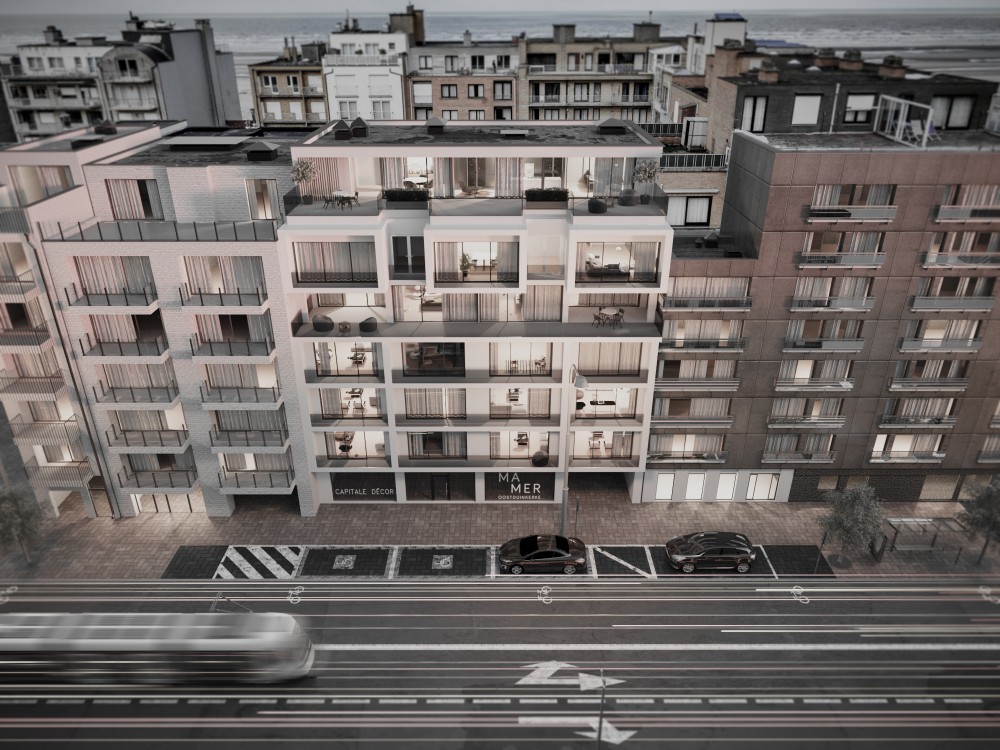
The Exterior 3D rendering introduces your exterior ambiance. Through the exterior design, you give a glimpse of the experience one will have when one enters the hospitality space. For instance, your exterior design can hint to the viewer whether the ambiance will be more functional, more aesthetic, or a blend of both.
However, exterior 3D renderings do not mean designing a static frontal shot; rather, they also include designing from a bird’ s-eye view, eye-level shots, and several other perspectives. When you design with such intricacies, it can motivate the stakeholders to maybe raise their investment and design the building in the most apt way. The exterior design might help the building blend in with the surroundings or may help it stand out among various other finely designed buildings.
Interior 3D Rendering
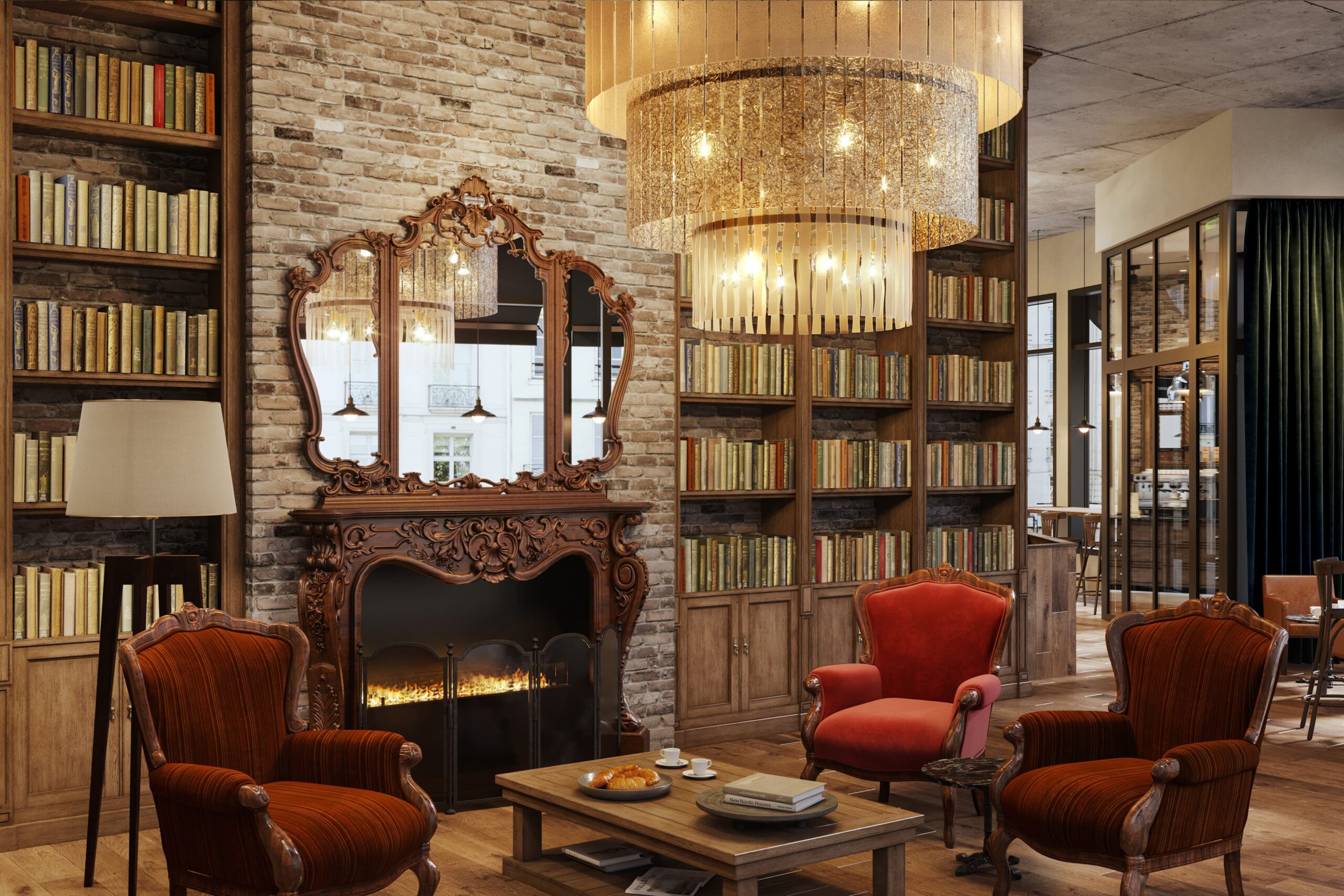
The Interior 3D renderings give you a real-time experience of the inside of the space you are planning to design. It gives you a sneak peek of how the space will look like after the design is applied.
Through these renderings, you can observe the intricate details of the design and examine its minor technicalities. You can also survey the design from different angles and critically analyze it before you decide to apply it.
A well-designed 3D rendering will give you a deeper insight into the style, atmosphere, and layout of the design you are about to approve or reject. Hence, A well-thought-out 3D rendering interior design is all you need to experience for a critical analysis.
Amenities 3D Rendering

When you are designing a hospitality space for your customers, the design should define all the amenities in its finest form. Places like restaurants, hotels, and luxurious spaces are all about the amenities and facilities they provide. Hence your design should present these amenities with all the splendor.
The 3D renderings of pools, gyms, terraces, and bars should showcase a detailed insight into these facilities. That way you will be able to make your designs more convincing and appealing for your clients. When you hype up all the amenities in your 3D renderings and give your customers a deep view into the design, it can land you more and more customers and lesser and lesser revisions.
Close Up Views

The name itself defines the renderings. Close-up views are the renderings that give you a closer look at the exterior and interior design of the space you are working on. You need to add the close-up views of each and every element you have used in the design.
These renderings play an important role when you are aiming to focus on a certain element of design. You can also highlight the unique aspects of the design and the strategic creativity you have incorporated in the space.
Furthermore, the closeup view also helps in showcasing the atmosphere of the space you are working on. With the 3D renderings of close-up view, you can touch and feel the space virtually.
Animations
Through the animation, you can add life to your stationary designs. You can add a night time and daytime animation to your design to experience how the design will look in the daylight and during the night.
The immersive animation of daytime and night renderings will give you an idea about where to install lighting at night and how the lighting can enhance the design. Furthermore, you can glide the camera through the restaurant tables or the fancy tableware to exhibit the ambiance of the space.
You can also captivate your customers through touching animations of the movements of trees, leaves, and water in the pool. In addition to this, you can enhance the overall experience by adding swift transitions, music, voiceovers, and effects. That way you will be able to create engaging 3D renderings of your designs that are more effective than the stationary images.
Virtual 3D Tours
This cutting-edge approach in 3D renderings has changed the game of hospitality rendering designs. Through these virtual tours, your customers can explore the microscopic details fo the design.
You can steer the view into the design of the recreational space by using the touchpad, and mouse. In addition to this, you can walk into the designs and get a photo-realistic experience into the design.
You can also zoom in and out and analyze the design from multiple angles. This feature also helps you better understand the design and its ambiance. The virtual 3D design is actually aimed at providing customers or stakeholders with a firsthand experience of your design even before it is applied in the place.
Immersive 3D Tours

With the immersive 3D tours, the 3D rendering designs become the most coveted tours. The immersive 3D tours let you examine and view all the amenities with intricate details. You can also manipulate the weather conditions and daytime to understand the design and get a diverse experience before you apply the design. That way, you will be able to manage the potential unpredictabilities that may occur with the changing environment, weather conditions, humidity levels, light conditions, and temperature.
Hence, the immersive 3D tour not only gives you an exaggerated experience into the design but also helps you be prepared for the potential unpredictabilities.
Benefits of Hospitality 3D Rendering
3D hospitality designs have been playing their role in boosting the popularity of the hospitality industry by providing what customers expect from providers. From accurate visualizations to modification flexibility, 3D renderings have proven to be an effective source of mitigating costs. Not only that but with these 3D renderings, you can also save yourself enough time by deeply analyzing the designs from different angles.
Here are some of the benefits of hospitality design 3D renderings:
Accurate Visualizations

One of the many benefits if 3D renderings in the hospitality industry is that you get to see and experience the exact representation of the design even before you have deployed the design. The 3D renderings are far better than the simple 2D floor plans that could present the design in a restricted manner.
However, the 3D rendering gives you a more photorealistic and immersive experience of the design. The customers can observe the design from different angles and under different weather conditions. Hence, with 3D designs, it has become easier to get a more photorealistic image of the design.
Easy Modification
Imagine you have crafted a 3D rendering design for a hotel, and just when your client is about to make the deal, they request you for some changes in the design. What will you do? Start all over again? Well, with advanced tools available online you can now easily modify your 3D rendering designs and edit them as the will of your client.
Not only that you can also create multiple versions of the same design with minute differences in each version. That way, you can offer more diversity to your client and explore more options for a certain design until you figure out the perfect one.
Less Time Consumption
Designing a recreational space can really take a lot of time. However, with 3D renderings, you can design the spaces in real-time as these tools take less time than sketching a design manually.
Furthermore, when you have a 3D rendering of a design, you are able to pinpoint any flaw in the design right away even before it is applied to the recreational space. This reduces the time consumed on designing, undoing and redesigning the interior of that recreational space. In addition to this, you also get to save the money consumed on repetitive designs by identifying the flaws in the early stages.
Wrapping Up: Hospitality 3D Rendering
3D renderings have been a game changer in the hospitality industry. With the 3D renderings in hand, one can virtually live the experience of being inside the designed interior space. You can analyze the design from different angles under different weather conditions.
There are many benefits that these 3D renderings offer to the hospitality industry, ranging from lesser time consumption and fiscal liabilities to offering diverse options and accurate visualization of the design. Furthermore, it also enables a 3D tour into the interior design of a recreational space.


